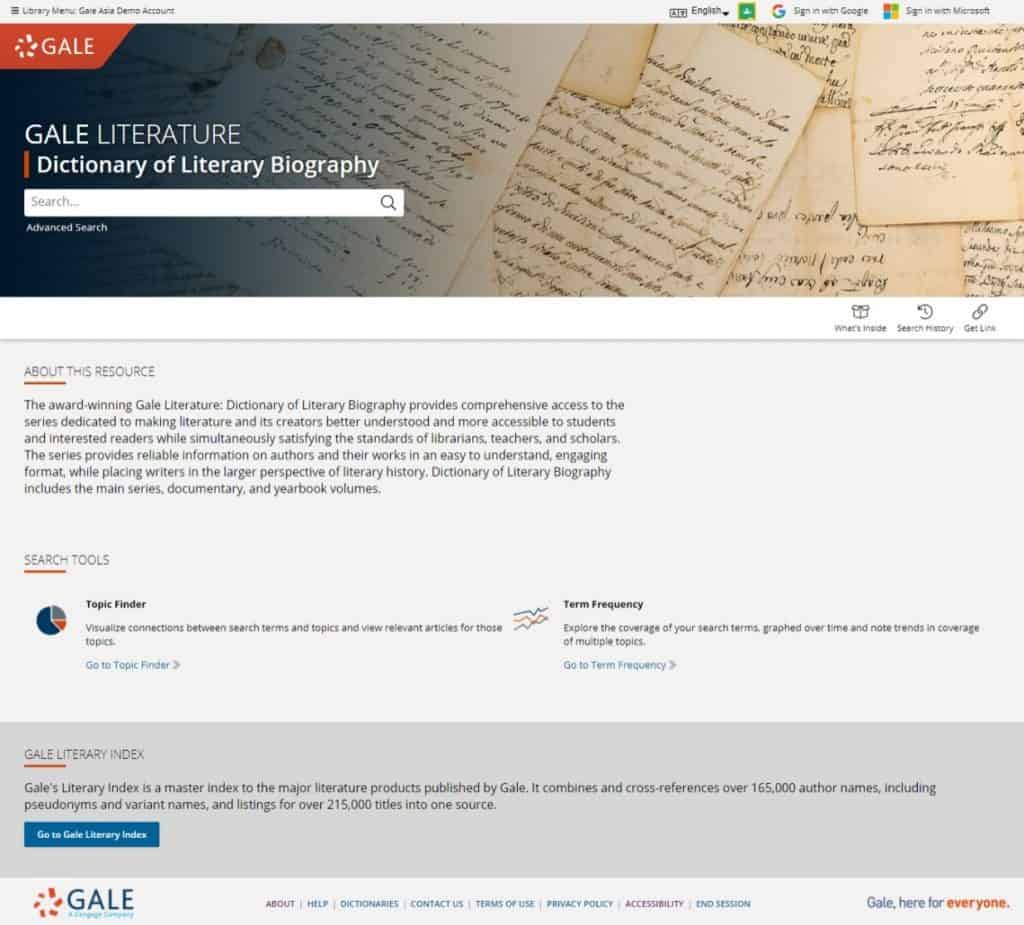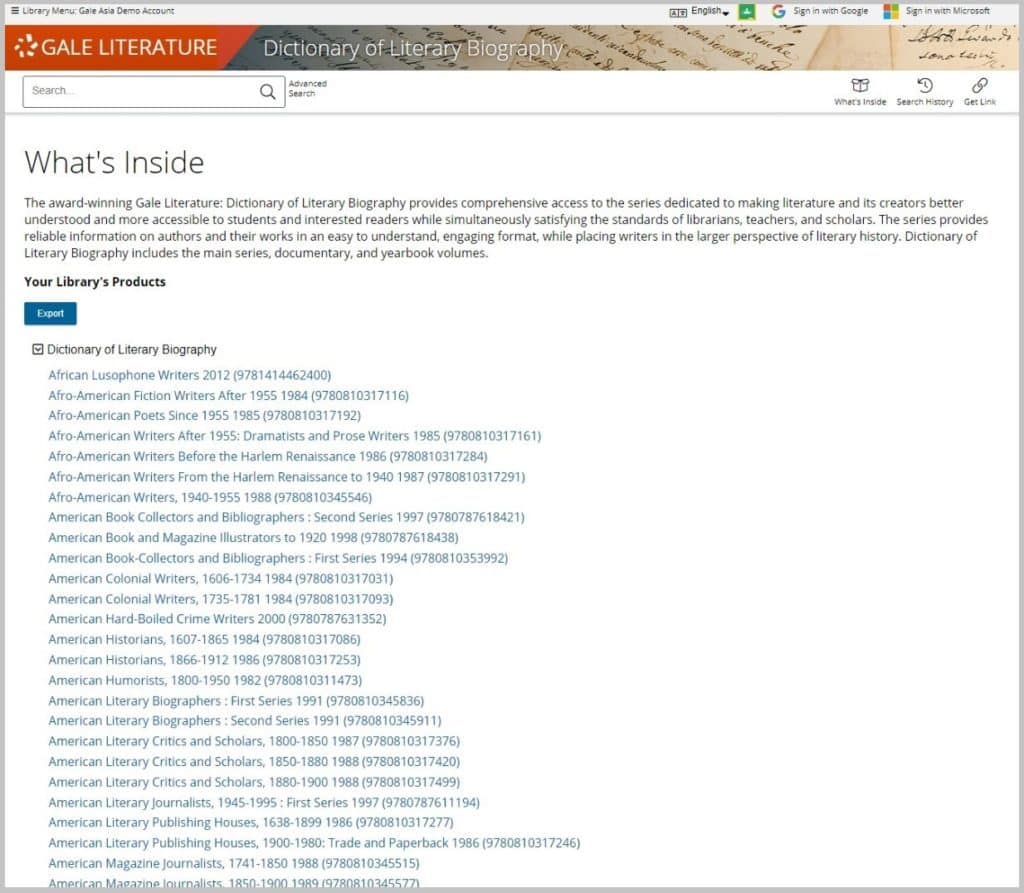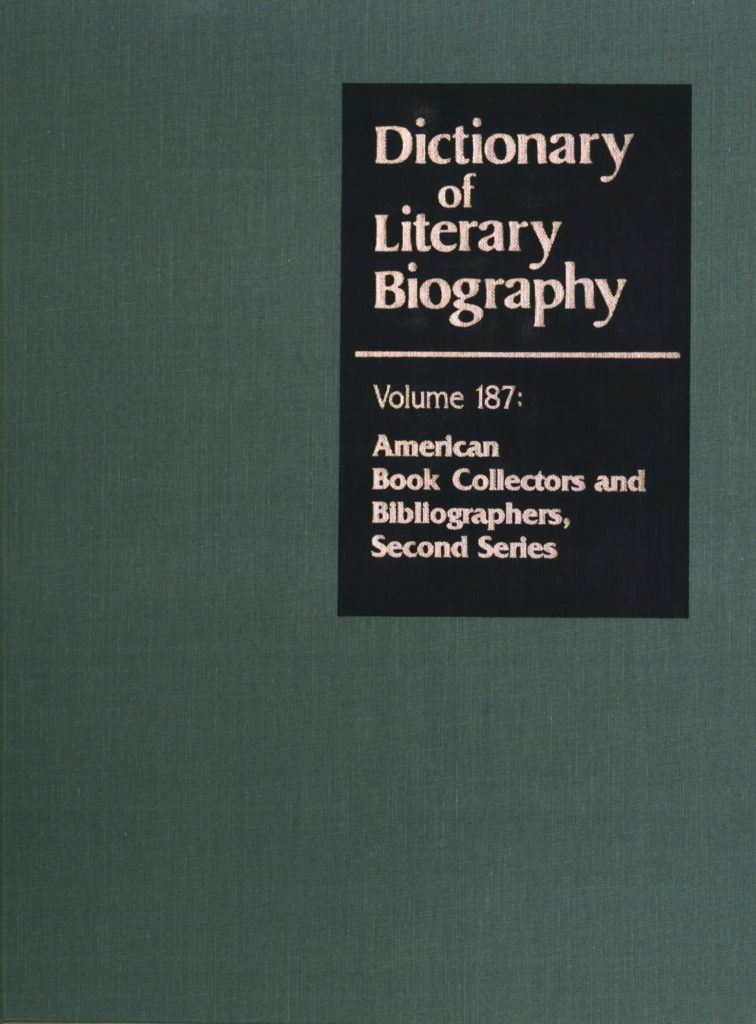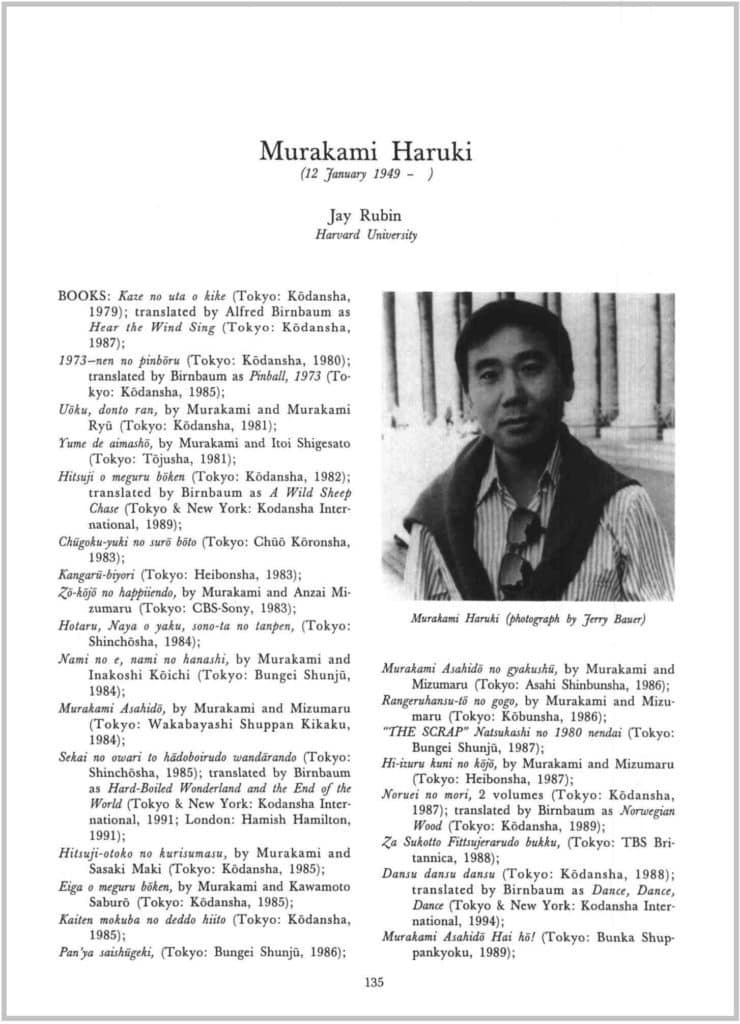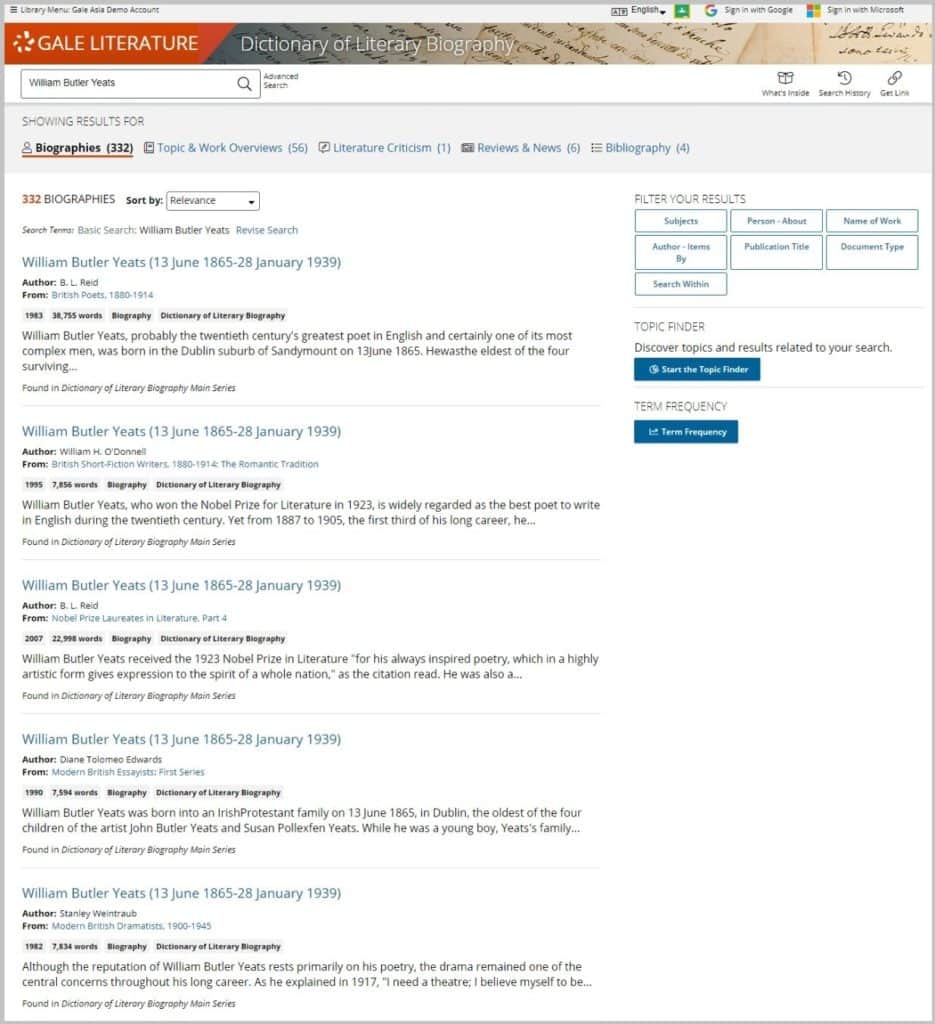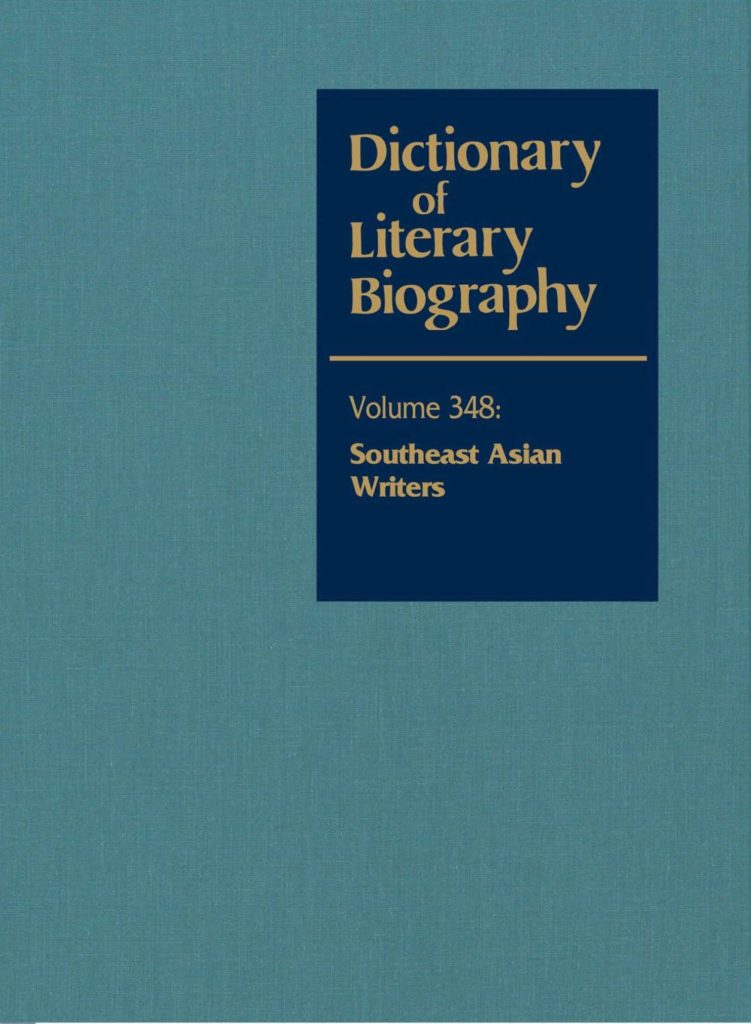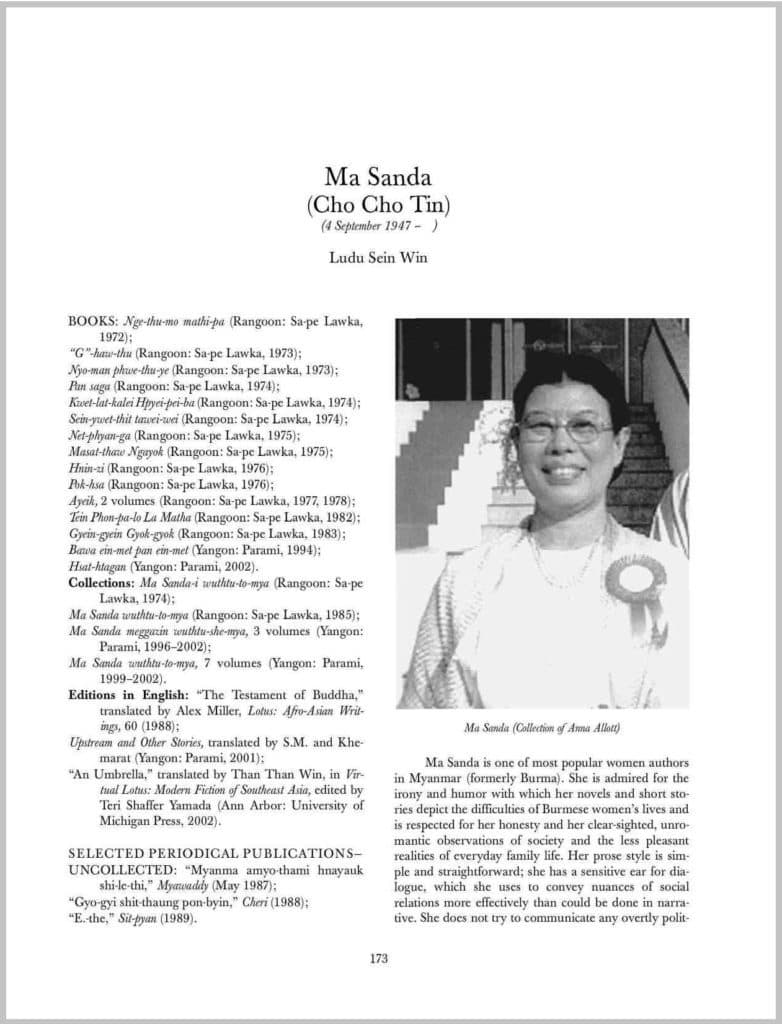|By Masaki Morisawa, Senior Product Manager, Library Reference, Tokyo|
If you watched the recent Olympics, you’ll know that August in Tokyo is brutally hot and humid. This was more or less true two and a half decades ago when I was an English Literature student. Cash strapped, with nothing better to do, I would often spend my August days in the air-conditioned university library, just to avoid the intolerable heat! My favourite place was the reference area where they had rows and rows of Gale Literature volumes (I’m not making this up). There were literally hundreds of volumes stacked in those rows, from the rainbow-coloured Contemporary Authors volumes, to the brown buckram Literature Criticism volumes; but my personal favourite were the light-blue Dictionary of Literary Biography volumes. I would often pull out several of those DLB volumes and browse through the entries while I passed time in my favourite corner seat by the windows.
Richly illustrated volumes
What exactly about DLB appealed to me? Well first, each volume has a specific theme like “British Fantasy and Science-Fiction Writers Before World War I” or “Dashiell Hammett’s The Maltese Falcon: A Documentary Volume”. I enjoyed looking at those gold-stamped titles and selecting a volume that captured my fancy. Because the entries are about people, you do not need to have any prior knowledge – I can pull out, say, Volume 293: Icelandic Writers and start learning about the various writers from an island country I had never visited before. Then there were the illustrations. DLB volumes are richly illustrated, often with author portraits or photographs of manuscripts or first edition covers. And finally, when I got tired of reading, I could stack several volumes on my desk and lay my head on them to take a short nap!
So, in this blog entry I thought I would revisit my university days and poke around the Dictionary of Literary Biography series, now conveniently available from home in electronic format via the Gale Literature platform.
See what’s available with the “What’s Inside” page
Upon logging in to Dictionary of Literary Biography online, the first thing I recommend you do, instead of doing a search, is go to the “What’s Inside” link in the menu bar. This will take you to a list of all the DLB volumes available to your library, from “African Lusophone Writers” (if you’re wondering, like me, “lusophone” means “Portuguese-speaking”) to “Writers on Women’s Rights and United States Suffrage”. Scroll through the list and see if you find something interesting!
For instance, I selected American Book Collectors and Bibliographers: Second Series (Volume 187, 1997). One of the great things about DLB is that it’s not limited to writers of literature proper, it also includes numerous entries on figures in related fields such as booksellers, bibliophiles and cataloguers (disclosure—I used to work at an antiquarian bookseller).
A serendipitous find
I go to the Volume’s Table of Contents to display a list of all the entries. I see some familiar names, such as Joseph Sabin, namesake of Gale’s Sabin Americana archive collection, or the legendary bookseller Hans Peter Kraus. But then I spot another familiar name that seemingly doesn’t seem to belong here – “Jerome Kern (27 January 1885-11 November 1945)”. Could this be the same Jerome Kern who wrote “Smoke Gets in Your Eyes”?
It turns out he is, indeed:
“Jerome David Kern, one of the leading American popular-song writers of the twentieth century, wrote more than 1,000 songs for 104 shows and movies. Most of these songs have been forgotten, but millions of people have heard and enjoyed such melodies as “Ol’ Man River” (from Show Boat), “The Last Time I Saw Paris,” “Smoke Gets in Your Eyes,” and “They Didn’t Believe Me.” He was also a serious and knowledgeable collector of books and manuscripts, and the auctioning off of his collection was the most spectacular sale of books in this country before World War II.”
From: Spahn, Theodore. “Jerome Kern (27 January 1885-11 November 1945).” American Book Collectors and Bibliographers: Second Series, edited by Joseph Rosenblum, vol. 187, Gale, 1997, pp. 185-191. Dictionary of Literary Biography Vol. 187. Gale Literature: Dictionary of Literary Biography, https://link.gale.com/apps/doc/OKPZSX519671993/DLBC?u=asiademo&sid=bookmark-DLBC&xid=8e17c341
It’s these serendipitous discoveries that makes browsing random DLB volumes such a fascinating activity. The “spectacular sale” referred to in the above paragraph happened in 1928 when “partly because of his wife’s reiterated complaints about the cost of housing and safeguarding the books, but largely because he had come to feel that the pursuit of books had become an obsession—he decided to dispose of his entire collection except for volumes he had received as gifts”. That sale realised $1,729,462.50 for 1,488 items – including first editions, presentation copies, and manuscripts of Jane Austen, James Boswell, Elizabeth Barrett Browning, Robert Browning, Lord Byron, Charles Dickens, Thomas Hardy, and much, much more. The DLB entry, written by Theodore Spahn, a professor of library science at Rosary College and noted bibliographer, describes many of the items in great technical detail.
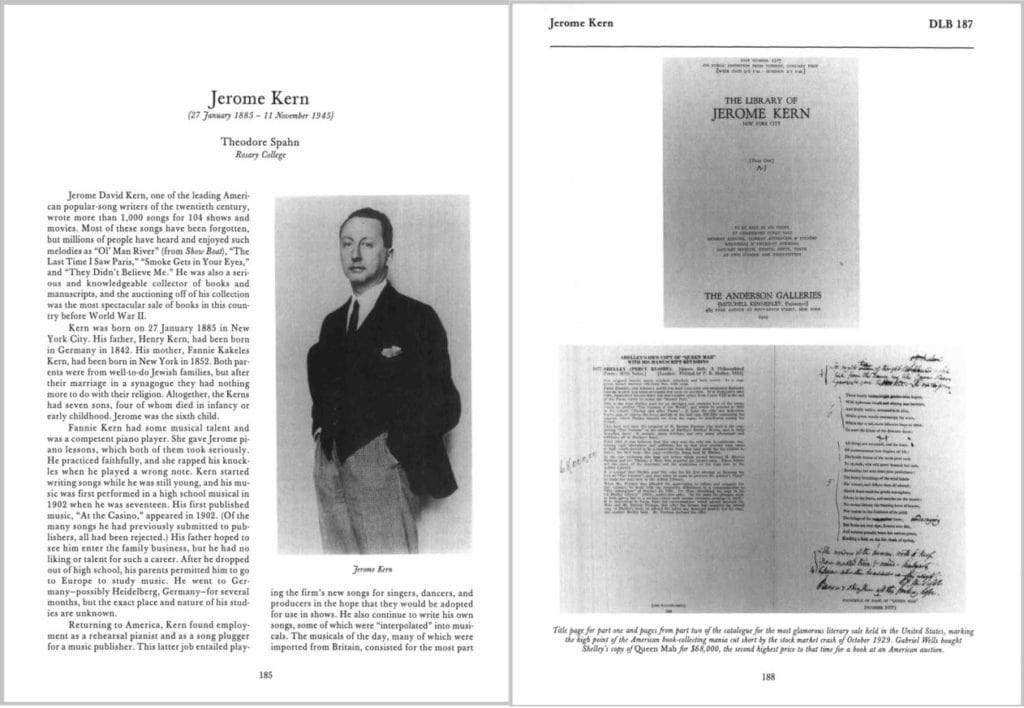
Who writes entries in DLB?
Indeed, the profiles of the well-qualified authors of each entry is another reason that makes DLB so fascinating. Many entries are written by university professors or other specialists who may have spent their entire lives studying that author or subject. In some cases, the association is unique in a different way, such as the fact that the entry on Haruki Murakami in Japanese Fiction Writers Since World War II (Volume 182, 1997) is written by Jay Rubin, Murakami’s principal translator into English.
As can be expected of a translator, Rubin’s entry dwells on the differences between the two languages, such as the use of multiple first-person pronouns in the original Japanese – the more intimate “boku” verses the more formal “watashi” – both of which become “I” when translated into English:
“In (Hard-Boiled Wonderland and the) End of the World Murakami splits his protagonist into two characters, Boku and Watashi, and assigns the more familiar Boku-“I” to the fantasy world of a walled town, where he serves as a “reader” of “old dreams” lodged in unicorn skulls. The Watashi-“I” is assigned to the world of a vaguely futuristic Tokyo that is the scene of deadly conflicts between competing information networks.”
From: Rubin, Jay. “Murakami Haruki (12 January 1949-).” Japanese Fiction Writers Since World War II, edited by Van C. Gessel, vol. 182, Gale, 1997, pp. 135-142. Dictionary of Literary Biography Vol. 182. Gale Literature: Dictionary of Literary Biography, link.gale.com/apps/doc/MISWJH093942529/DLBC?u=asiademo&sid=bookmark-DLBC&xid=2983802b.
Some writers appear in multiple volumes
Authors who were active in multiple literary genres appear in more than one DLB volume. For instance, a search on “William Butler Yeats” returns five biographical entries on the great Irish poet, each from a different thematic volume – British Poets, 1880-1914 (Vol. 19, 1983); British Short-Fiction Writers, 1880-1914: The Romantic Tradition (Vol. 156, 1995); Nobel Prize Laureates in Literature, Part 4 (Vol. 332, 2007); Modern British Essayists (Vol. 98, 1990); and Modern British Dramatists, 1900-1945 (Vol. 10, 1982) – and each entry is written by a different author from a different perspective.
Coverage of more obscure literary output
While Yeats is remembered today primarily for his poetry, it is interesting to examine his literary output in other genres. His plays were apparently not highly regarded, though, even in his own time. A passage by his contemporary George Moore, quoted in Yeat’s Modern British Dramatists entry, lists down their many “defects”:
“First, the author’s theory that verse should be chanted and not spoken; second, the low platform insufficiently separated from the audience; third, a set of actors and actresses unaccustomed to speak verse; fourth, harsh, ridiculous scenery; fifth, absurd costumes … Many times I prayed during the last act that the curtain might come down at once.”
From: Weintraub, Stanley. “William Butler Yeats (13 June 1865-28 January 1939).” Modern British Dramatists, 1900-1945, edited by Stanley Weintraub, vol. 10, Gale, 1982, pp. 227-237. Dictionary of Literary Biography Vol. 10. Gale Literature: Dictionary of Literary Biography, https://link.gale.com/apps/doc/EFVIVG600128255/DLBC?u=asiademo&sid=bookmark-DLBC&xid=d22d00d9
DLB volumes can also serve as excellent introductions to world literature, especially literatures that are relatively less known by English readers. Southeast Asian Writers (Vol. 348, 2009) is a good example.
In view of recent political events, I was particularly interested in how literature in Myanmar is represented in the volume, and what kind of themes are explored in the authors’ work. I had a somewhat naïve expectation that writers would be pro-democracy and anti-military; however, I found that the reality was much more complex. For instance, the entry on Ma Sanda, the youngest of the eight Myanmar writers included in the volume, reads:
“In 1989 Ma Sanda wrote the story “E.-the” (The Uninvited Guest) … Many readers and literary figures saw the story as an indirect attack on the widely popular prodemocracy leader Aung San Suu Kyi—the daughter of General Aung San—who was married to an Englishman, and the episode created a certain amount of hostility toward Ma Sanda. Careful reading… shows, however, that Ma Sanda is directing her criticism at foreign development aid, which she sees as an excuse for outsiders to come into the country, remodel it to their liking, and sell it all sorts of goods that are unnecessary and unsuitable for the nation’s development.”
From: Win, Ludu Sein. “Ma Sanda (4 September 1947-).” Southeast Asian Writers, edited by David Smyth, vol. 348, Gale, 2009, pp. 173-177. Dictionary of Literary Biography Vol. 348. Gale Literature: Dictionary of Literary Biography, https://link.gale.com/apps/doc/PSKCUC479521288/DLBC?u=asiademo&sid=bookmark-DLBC&xid=c2aa3b90
The value of literature lies in its ability to gain such nuanced insights into the psyche of people, which can be much more mixed and ambiguous than the too often black-and-white messages conveyed by news articles.
It is truly wonderful that today, all of these DLB volumes – 446 of them and counting, from the very first volume, including not only the main series but also the Documentary and Year Book series, are available from home online via the Gale Literature platform. Not only can one pick any volume and browse it from cover to cover, one can easily cross-search all of them to find unexpected entries on, or mentions of, a favourite author or work. The only thing you cannot do, is stack the volumes on your desk to support your head for a quick nap – a feature that I still miss today.
If you enjoyed reading about Dictionary of Literary Biography, you may like:
- How can pandemic literature help us reflect on the virus and a post-Covid future?
- Misanthrope or Friend of Man? Revising the Byronic Hero with Gale Primary Sources
- Tracking the evolution and reception of monstrosity in literature from the nineteenth century to modern day
- How Gale Literature Provided Vital Support for My Dissertation


